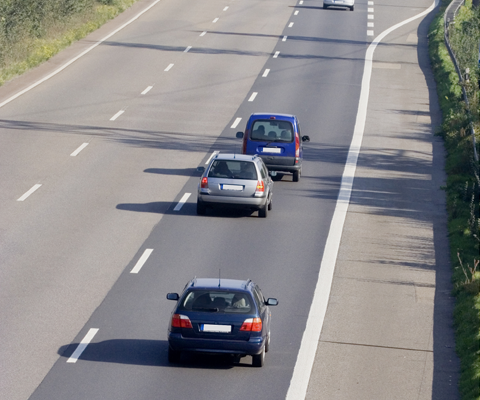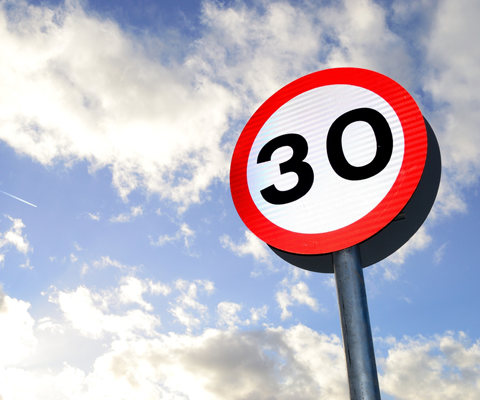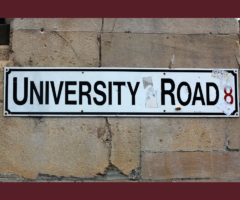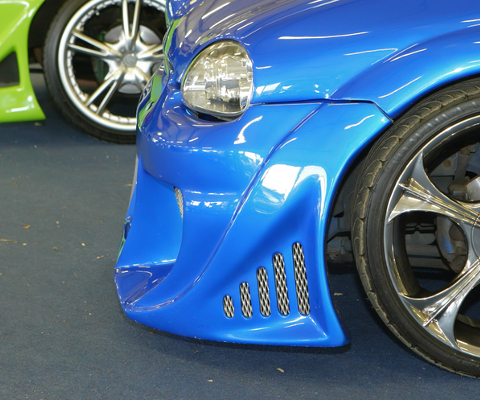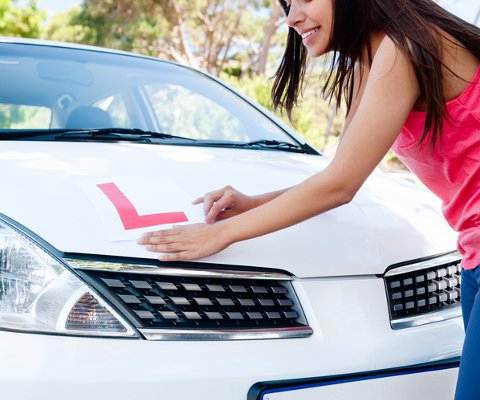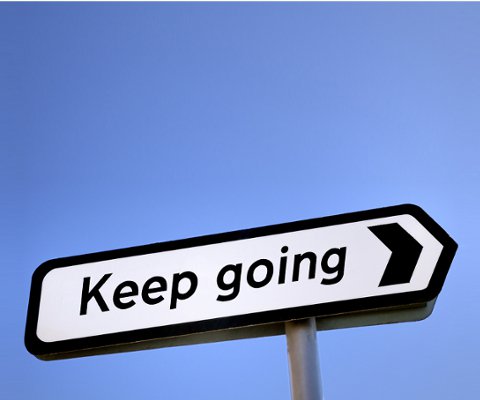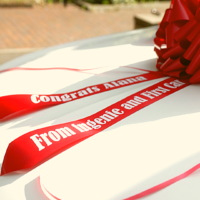
How to deal with hazards in built-up areas
Depending on where you live (the Scottish Highlands may be a slightly different learning experience), it's pretty likely you'll do a lot of town driving to prepare for your test.
You can meet hazards anywhere, and every type of road has its own potential for danger. That said, it's in town that you'll come across parked cars, pedestrian crossings, school children, buses, old ladies with shopping trolleys...it's mayhem, frankly.
The hazards you'll find in built-up areas:
Pedestrians
Buses
- Slow right down to look for people crossing the road or lurking around the front of the bus
- Check to see if the bus is indicating right to move out - do not try to overtake it if this is the case
- If it's not indicating, move past carefully, checking all the time for pedestrians
Parked cars
Parked cars, parking cars, turning cars. All of the awkward things that come from too many people trying to do the same thing at the same time, in not quite enough space.
When you're in an area with parked cars, like a high street, you need to look out for:
- Car doors opening
- People walking out from behind parked cars
- Cars ahead of you stopping to parallel park
- People pulling out suddenly
Keep about a car door's width from the cars along the road, while staying in your lane.
Cyclists and riders
In slow-moving traffic, cyclists and riders on motorbikes or scooters are likely to use gaps to weave through the queue. This means you MUST be checking your wing mirrors for them before you move forward.
If you're switching lanes in an urban area, check all your mirrors and your blind spot to make sure you're not moving into the path of a cyclist. They're harder to spot and they can move surprisingly quickly.
Hundreds of awful incidents involving cyclists happen in cities every year - for good reason. Dense, slow-moving traffic plus impatience equals injury to the smaller object, the cyclist.
Humans and animals are unpredictable and do very odd things with little notice.
When you're in an area with pavements, schools, houses and shops, you need to be driving slow enough that you could stop in time to not hit a 5 year old running into the road after a ball.
Your careful speed is a good way to make sure you're scanning the road and also the sides of the road to make sure no one's about to walk out. Doing this observation gives you more time to react, avoiding harsh braking. If you're insured with ingenie, that means a better driving score and more discounts on your insurance.
How to approach pedestrian crossings
When you're approaching a pedestrian crossing, check your rearview mirror to make sure you would be able to stop if you needed to, then scan to either side of the crossing.
If someone's waiting at a pelican crossing, it's likely the lights could change at any moment, so you need to be slowing down. When it's a zebra crossing, you need to stop if anyone's waiting.
Get the rundown of all the different kinds of pedestrian crossings.
Buses, being full of humans and captained by humans, are also unpredictable. Huge, awkward and slow - a nightmare to encounter.
When you're in a town, it's likely you'll be on a bus route at some point. If there's a bus lane that's less of a worry but generally, a bus could be around any tight corner. If you know it's likely, take these little turnings very slowly to allow for a bus taking up the entire road.
My instructor once said to me:
"There could be anything around the corner - there could be an elephant!"
I replied that I thought that was rather unlikely, and then he proceeded to regale me with the tale of the time he turned a corner in Romania to find an elephant hurtling towards him. True story.
Buses also have the nasty habit of stopping all the time. When a bus is at a bus stop, there's a few rules you need to follow:


